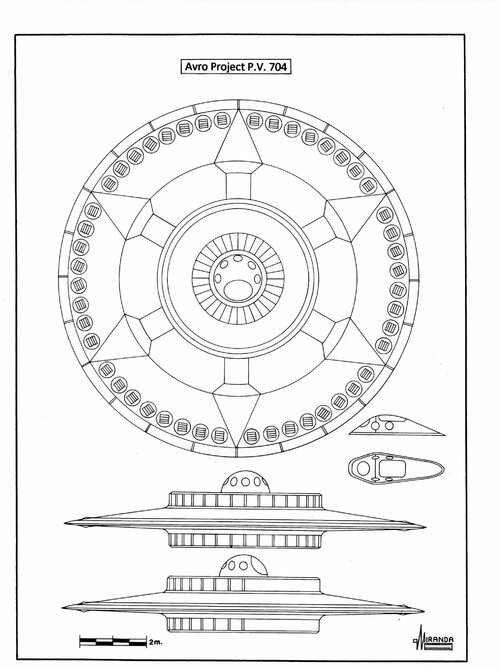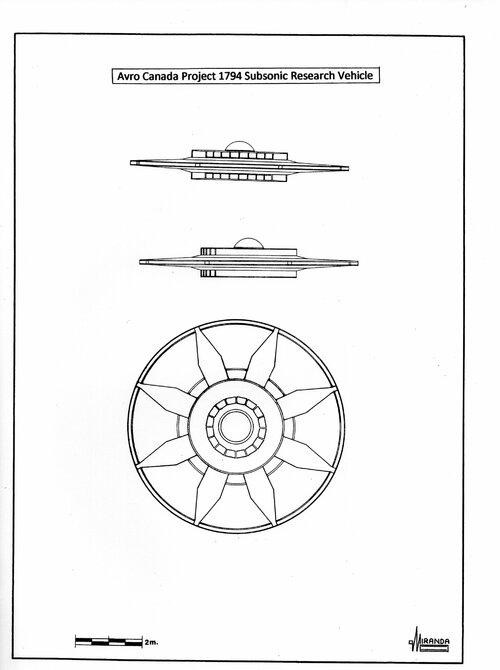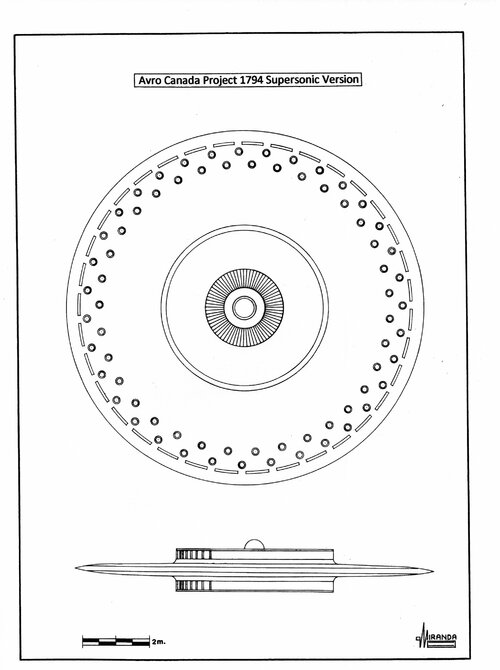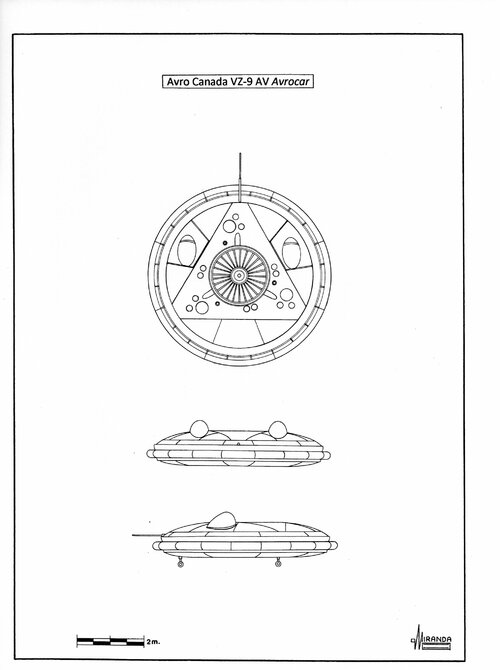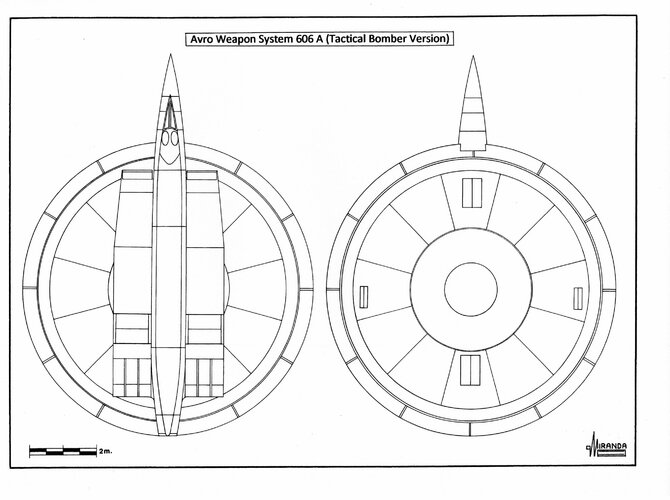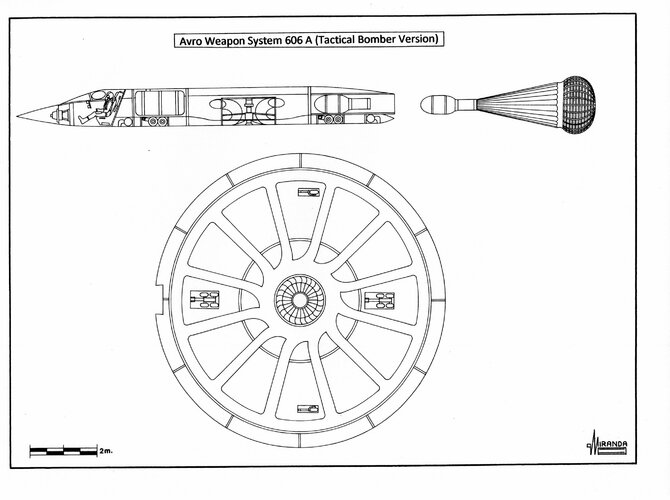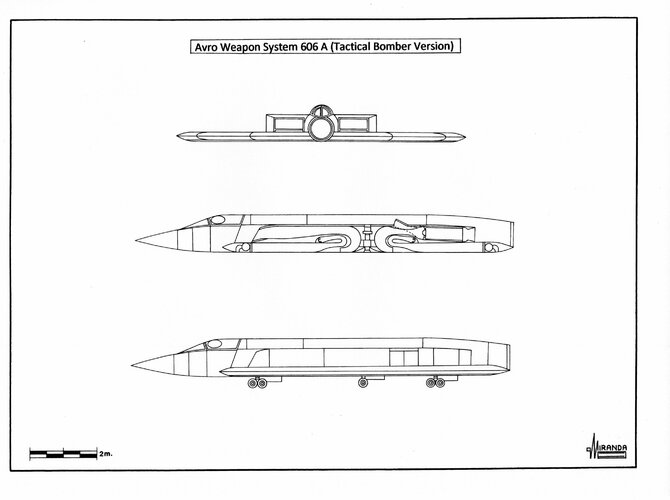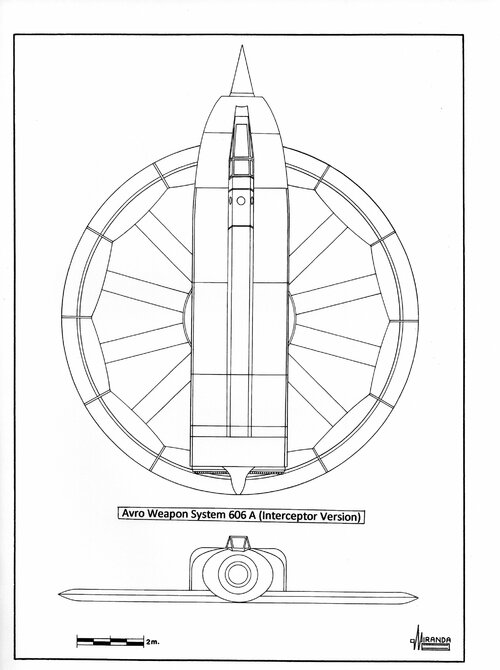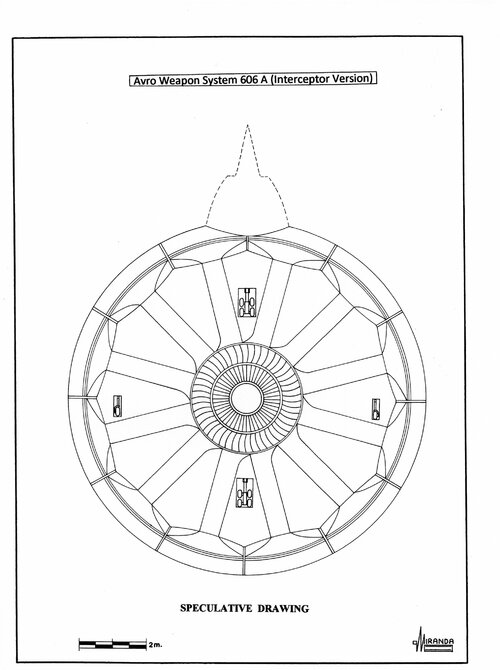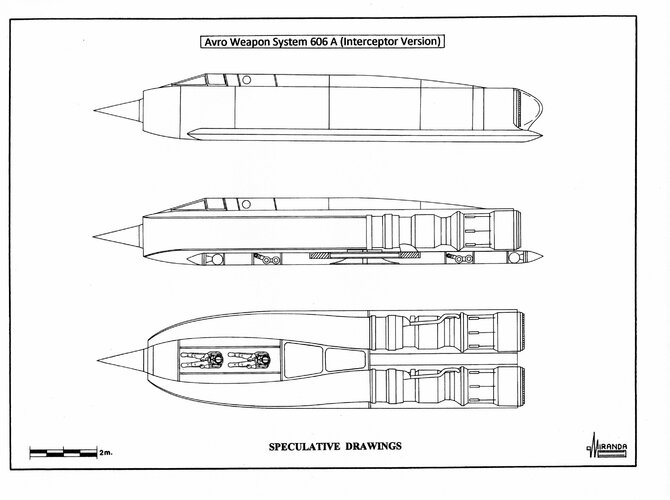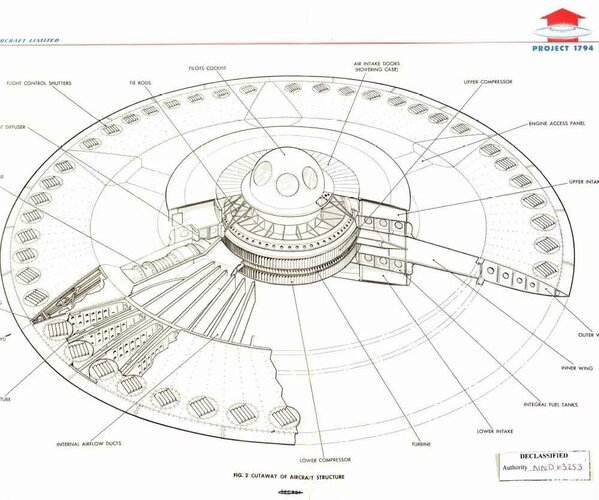- Canadian Flying Saucers Bibliography
‘Canada’s Flying Saucer’, by Bill Zuk, The Boston Mills Press, 2001.
‘Flying Saucers Avro’s Secrets’, by Bill Rose, Air Pictorial, May 2001.
Air Intelligence Digest, December 1954, Volume 7, Nº12.
‘Man-made Flying Saucers’, Royal Air Force Flying Review Nº1, October 1955.
‘The Project Silver Bug Report: ATIC TR-AC-47, 15 February 1955’, by Roger D. Cook, SD Publications, June 2000.
‘The (almost) Flying Saucer’, by Ernest Ball, Air Enthusiast International/June 1974.
‘The Pentagon Flying Saucer Problem’, by Graham Chandler, Air & Space, April/May 2003.
‘Is this real Flying Saucer?’ by Thomas Turner, Look Magazine, Volume 19, June 1955.
‘Flying Saucers are real’, People Today Magazine, September 1952.
‘The Secret Saucer’, Product Engineering, December 15, 1958.
J.C.M. Frost Patents - 3,024,966 (March 13, 1962), 3,020,002 (February 6, 1962), 3,022,963 (February 27, 1962), 3,018,068 (January 23, 1962), 3,062,482 (November 6, 1962), 3,124,323 (March 10, 1964), 3,051,414 (August 28, 1962).
‘Project Omega’ New York Times, September 17, 1953.
Toronto Daily Star, Mach 13, 1953.
Toronto Daily Star, April 21, 1953.
‘Avro Canada’s Omega’, Aeroplane, January 5, 1954.
London Times, April 22, 1953.
London Times, April 23, 1953.
Ali Nº 12, May 17, 1953.
Ali Nuove, June 1953.
‘Canada Builds Flying Saucers’, Fate magazine, October 1953.
‘How the Flying Saucer Works’, by Willy Ley, Mechanix Illustrated, March 1956.
‘Cold War Tech War’ by Randall Whitcomb, Apogee Books, 2008.
‘The UFO Files: The Canadian Connection Exposed’ by Palmiro Campagna, Toronto: Stoddart Publishing, 1998.
‘Saucer Attack (pop culture in the golden age of flying saucers)’, Eric & Leif Nesheim, General Publishing Knc. CA.1997.

